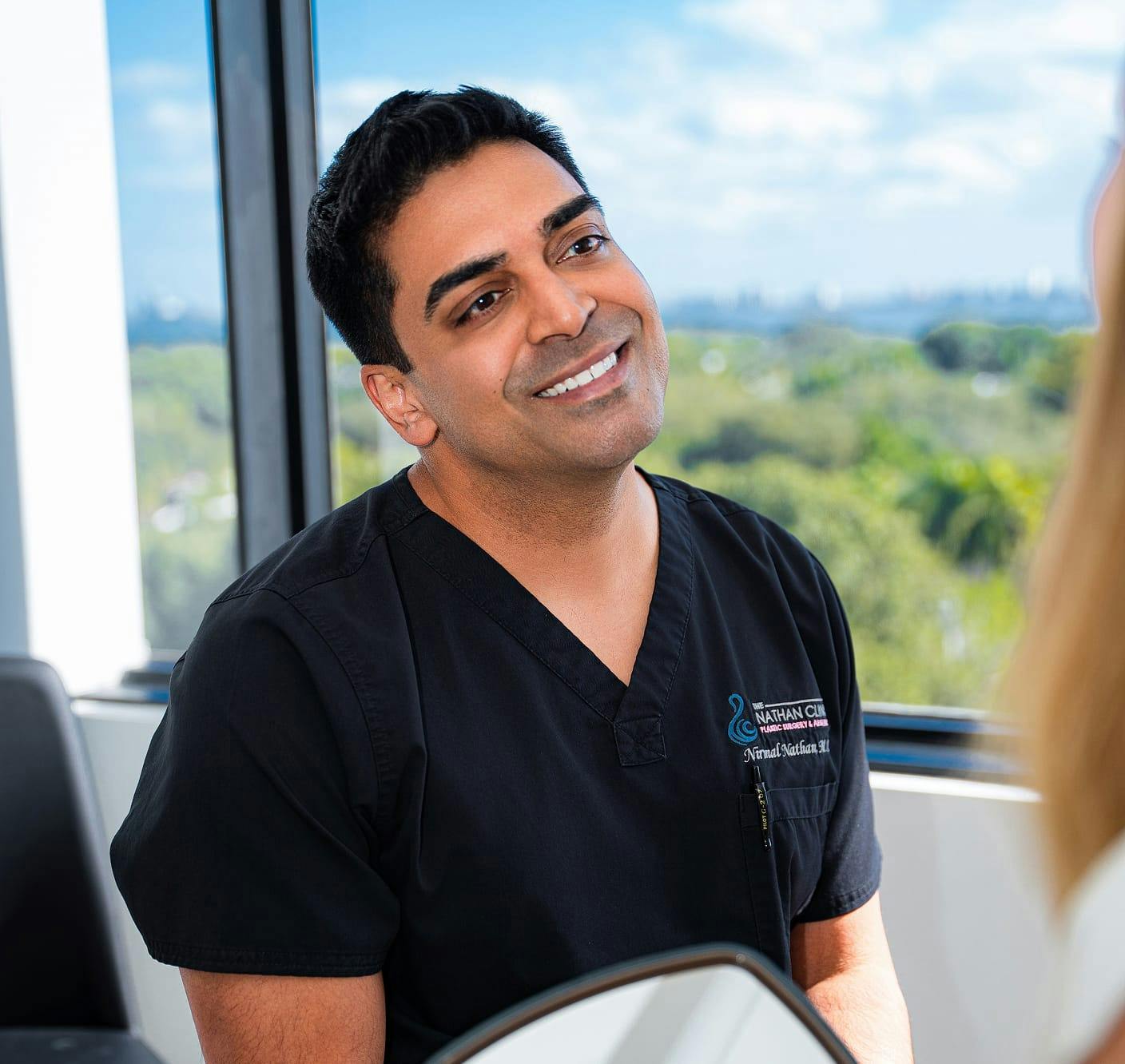A male breast reduction (aka gynecomastia surgery or gyno surgery) addresses gynecomastia, which is a condition characterized by excess glandular tissue and fat in the male breast.
Who Is a Good Candidate for a Male Breast Reduction in Miami?
Men who have overdeveloped, swollen or enlarged breasts that are tender and painful, as well as men with breasts that cause them to feel uncomfortable about participating in activities, may be good candidates for male breast reduction surgery.
The candidate shouldn’t have any condition or illness that could increase his risk of experiencing a surgical complication. In addition, his excess breast tissue must not be due to the use of a medication or marijuana, or resulting from alcohol consumption.
A man who would like to have gynecomastia surgery must be physically healthy with an acceptable body mass index (BMI). A good BMI is important because a man who has a substantial amount of excess fat may have difficulty healing after surgery. In addition, to achieve the best results possible, the skin on his breasts should be firm with good elasticity.


















